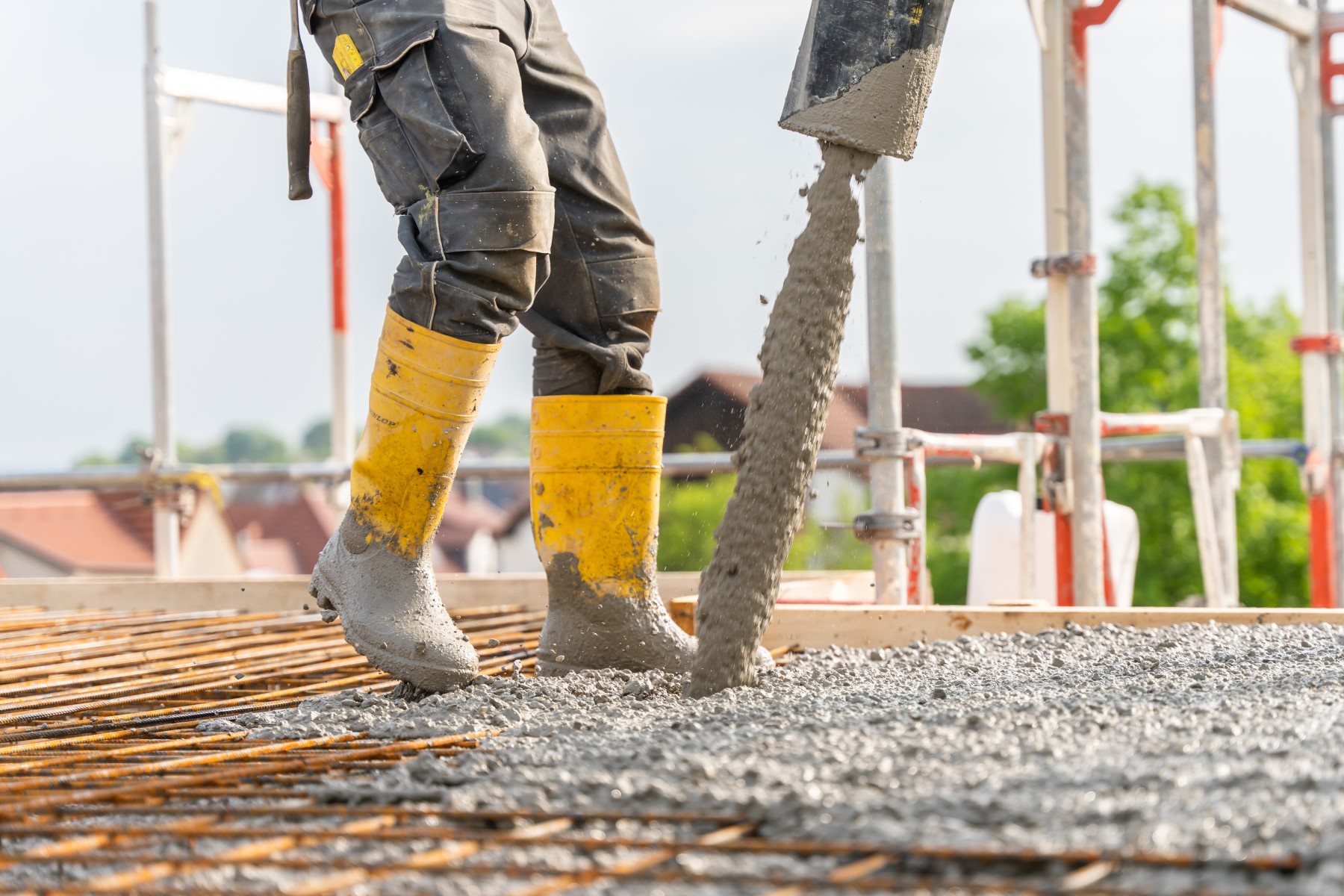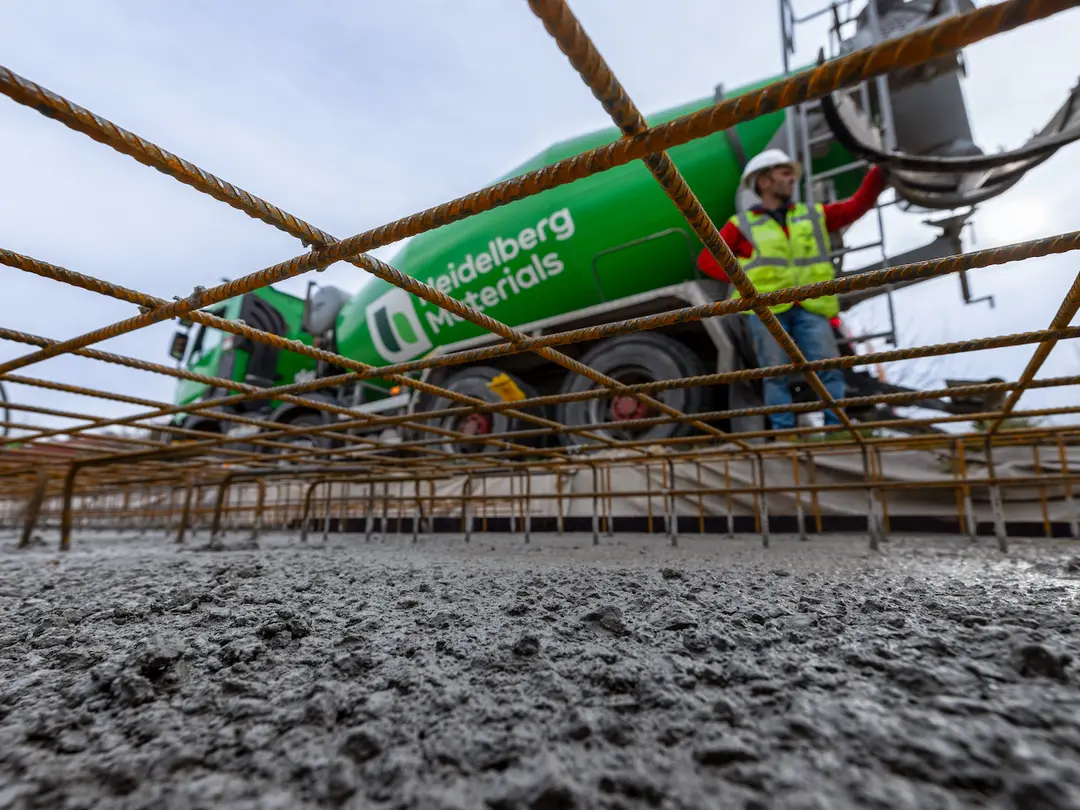Ready-mixed concrete, also known as ready-mix concrete, is an essential material in the construction industry. It is produced in a concrete plant and then delivered directly to the construction site, where it can be used immediately. This method offers numerous advantages, including high quality, consistency, and efficiency. It is the second most used substance on earth after water.
What is ready-mixed concrete?
Ready-mixed concrete consists of a mixture of cement, water, sand, and gravel or other aggregates. The exact composition can vary depending on the specific requirements of the construction project. By producing it centrally in a concrete plant, consistent quality is ensured, meeting stringent norms and standards.
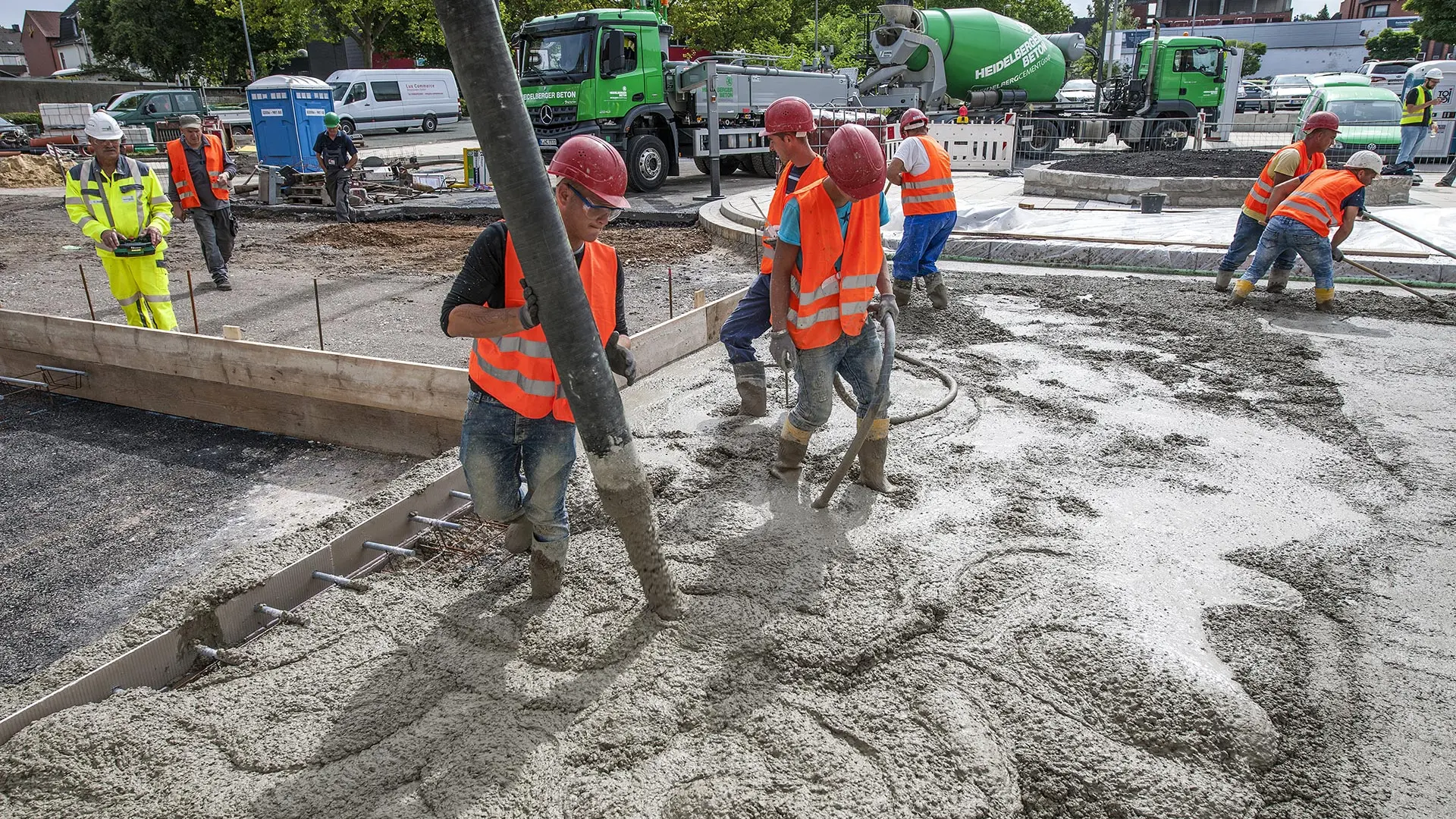
Advantages of ready-mixed concrete
- High quality and consistency: Central production allows precise control of the mix and quality.
- Efficiency: Ready-mixed concrete is delivered directly to the construction site and is ready for immediate use, saving time and labour costs.
- Flexibility: The mix can be tailored to the specific requirements of the construction project.
- Sustainability: Heidelberg Materials focuses on innovative technologies for CO₂ capture and storage (CCUS) and the development of CO₂-reduced products.
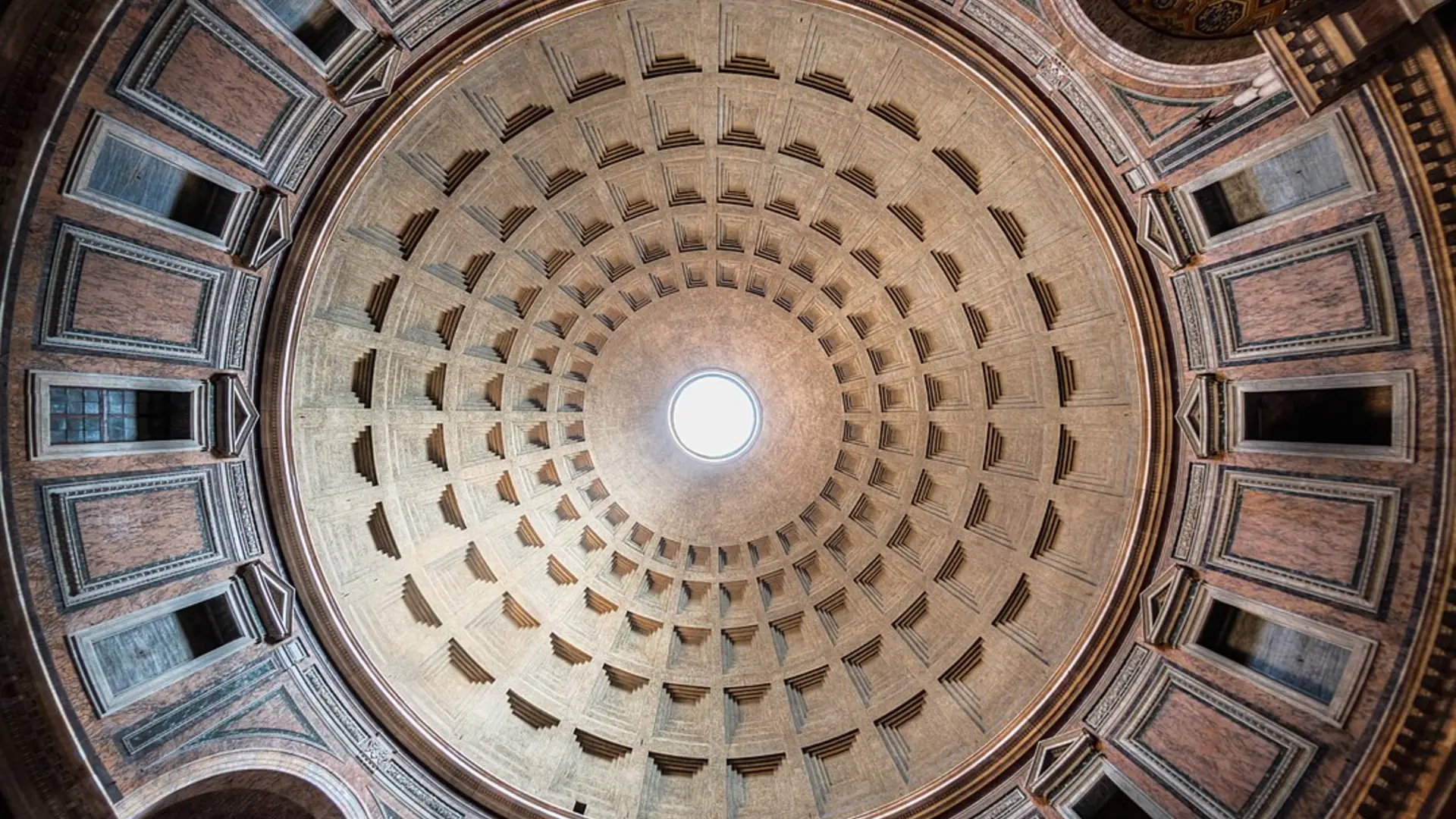
History of concrete
Concrete has been used since ancient Rome, where a form known as Opus Caementitium was utilised. This concrete consisted of a mixture of lime, volcanic ash, and water, which provided exceptional durability and strength. Roman concrete was used to construct impressive structures such as the Pantheon and the Colosseum, which still stand today.
Ready-mixed concrete was first used in the 1920s in the USA and has since become established worldwide.
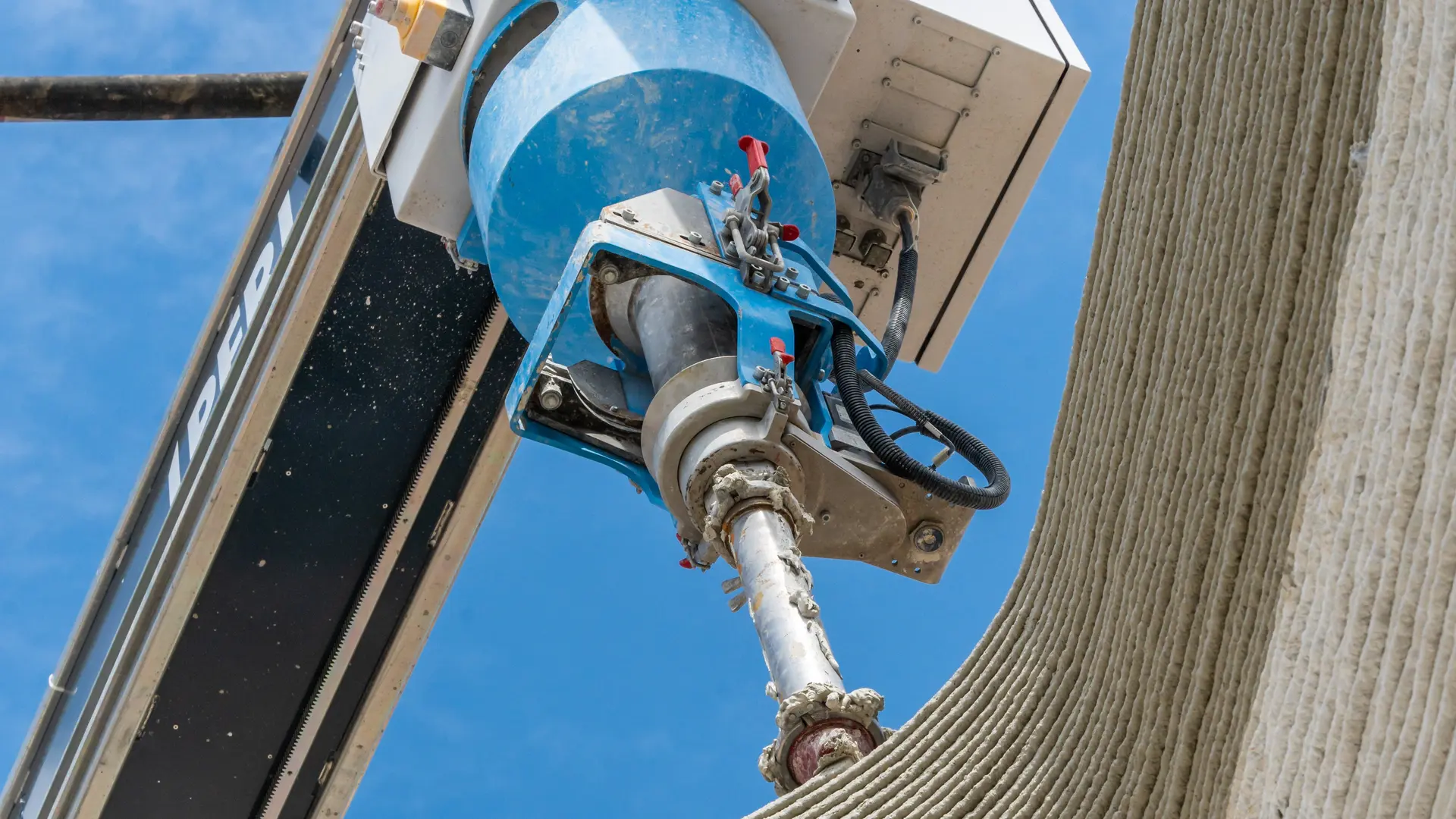
3D printing is becoming increasingly popular in the construction industry: digitalisation and automation reduce material consumption and waste, enhance process efficiency and safety, and allow greater design freedom.
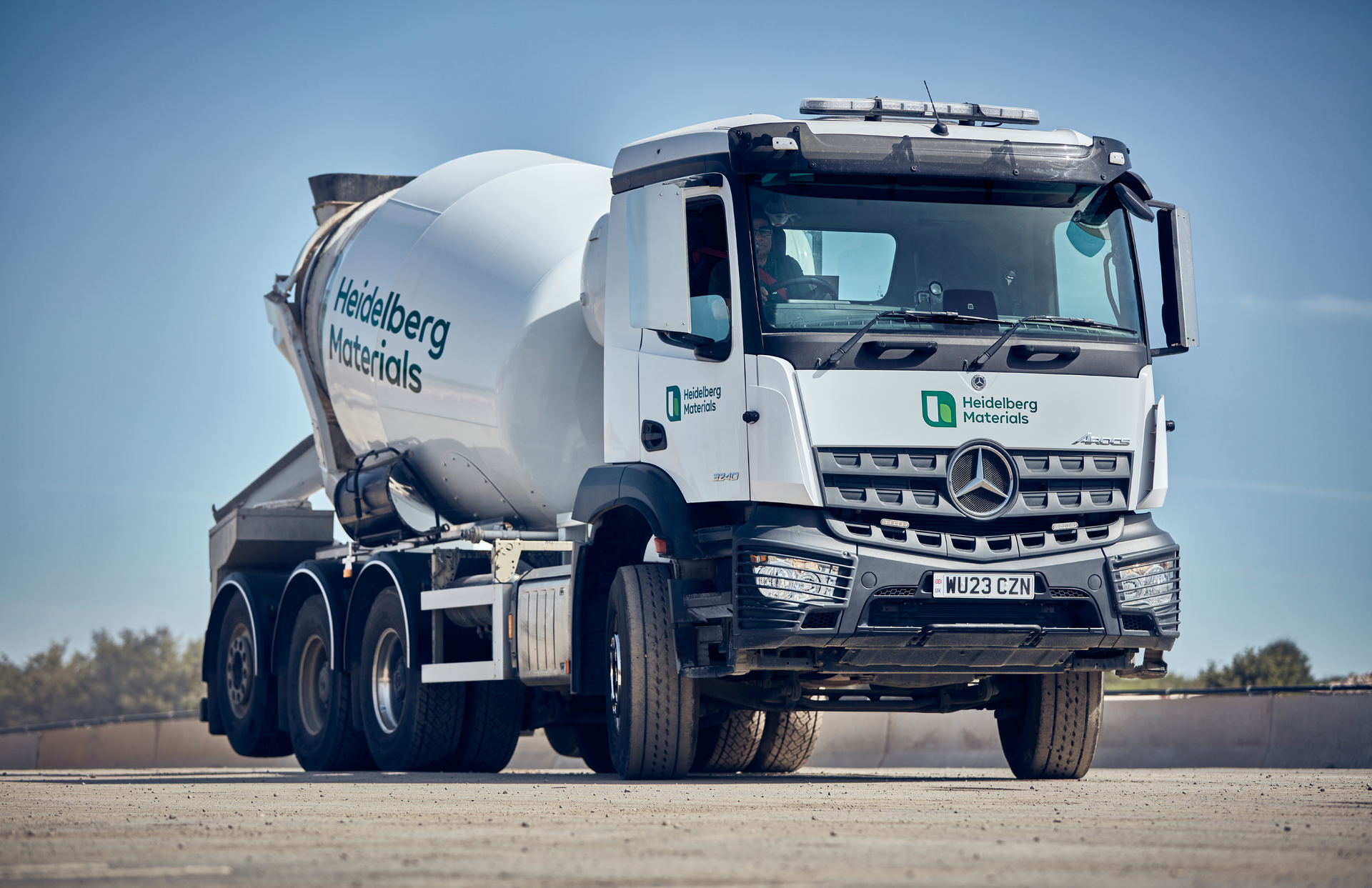
Ready-mixed concrete at Heidelberg Materials
Heidelberg Materials is a leading provider of ready-mixed concrete and focuses on innovative and sustainable solutions. Our ready-mixed concrete products are designed to meet the highest quality standards while minimising environmental impact.
- Sustainable production: We use recycled materials and alternative fuels to reduce CO₂ emissions. Our plants use advanced technology to ensure efficient production and to reduce our footprint, including higher alternative fuel rates, waste heat recovery, and carbon capture where applicable.
- Innovative products: With products like evoBuild® and evoZero®, we offer ready-mixed concrete solutions specifically designed for sustainability and CO₂ reduction. EvoZero® is the world's first carbon captured cement, produced through CO₂ capture and storage.
- Global presence: Heidelberg Materials operates in over 50 countries and runs around 3,000 sites. Our global reach allows us to offer tailored solutions for construction projects worldwide.
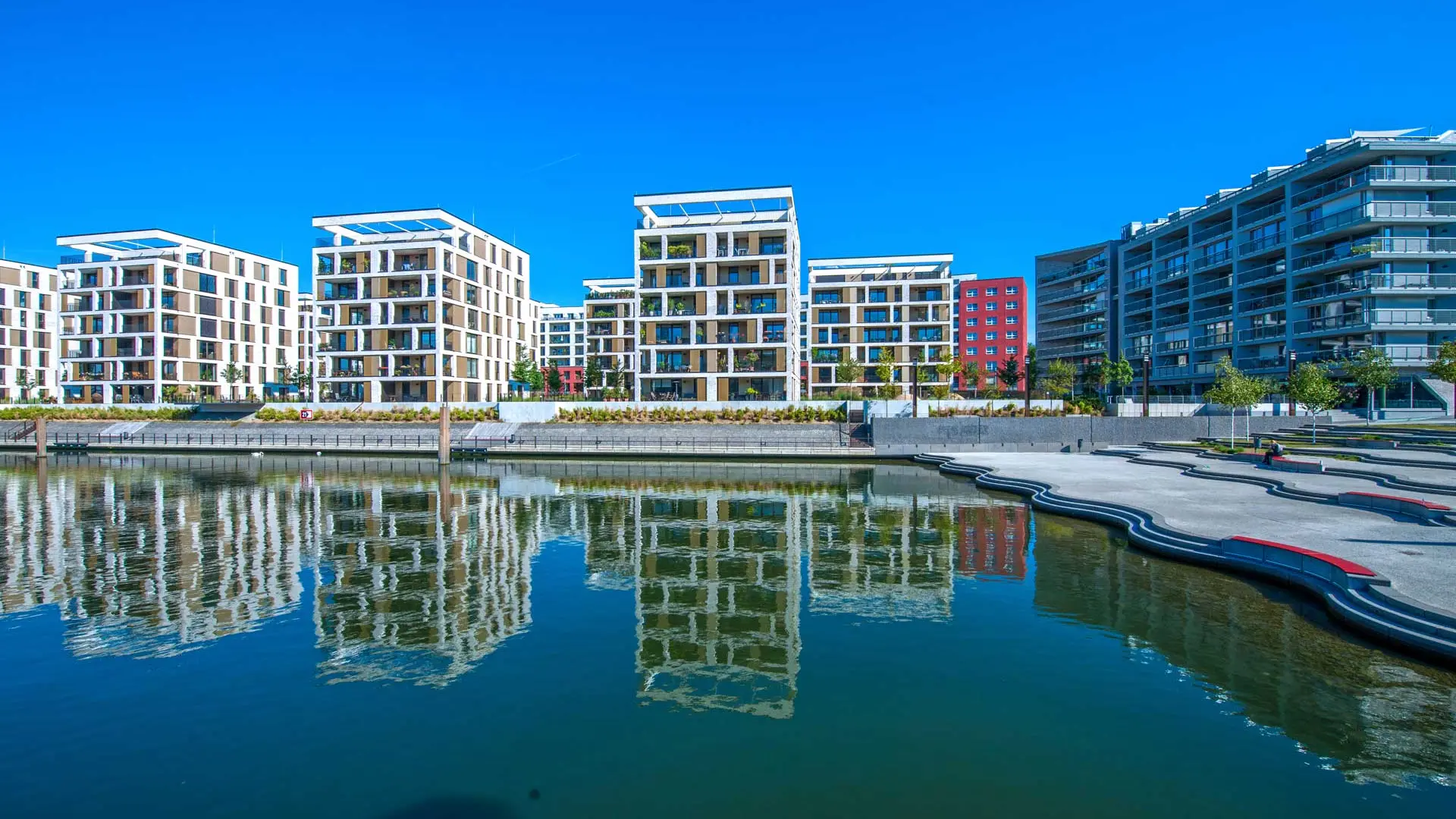
Application areas
Ready-mixed concrete from Heidelberg Materials is used in a variety of construction projects, including:
- Residential construction: For foundations, walls, and ceilings.
- Infrastructure construction: Roads, bridges, and tunnels.
- Industrial construction: Factories, warehouses, wind farms, and office buildings.
Future prospects
The construction industry faces significant challenges, particularly regarding sustainability and efficiency. Heidelberg Materials is committed to addressing these challenges through innovative solutions and sustainable practices. Our ready-mixed concrete products play a central role in shaping the construction methods of the future.
